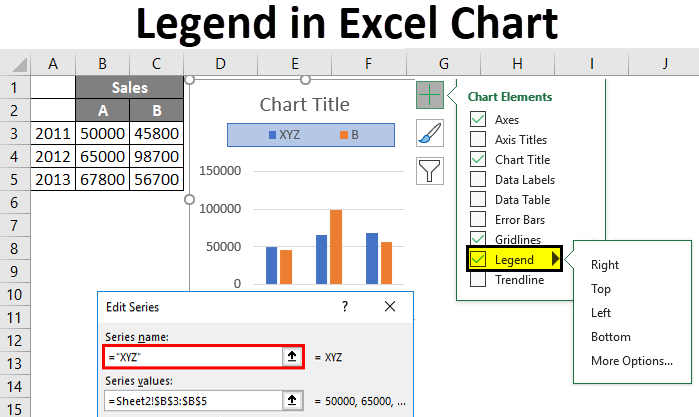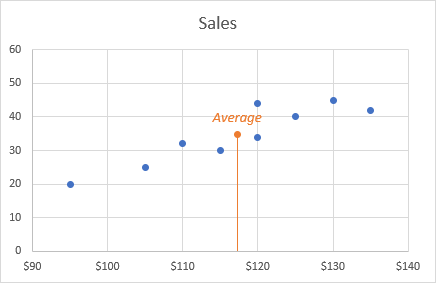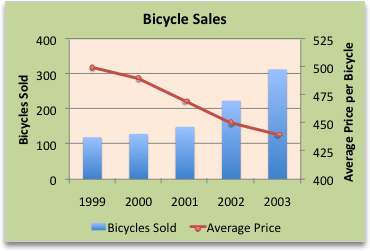

Notice "linked to source" is automatically unchecked. To fix this, I'll apply a Number format set to 2 decimal places. Notice that the interest rate data does not consistently have 2 decimal places. In most cases, you'll want to leave this at next to axis, but notice you can set to none to leave the axis, but without the text labels.įinally, we have the number area, where we find options for setting the number format used to display numbers.

Labels have to do with where the text appears with respect to the axis.

Tick marks can be set to inside, outside, and cross. I'll remove the gridlines to make the tick marks easier to see. Next up is tick marks, which are linked to the major and minor units we set earlier. We'll look at these options in separate videos. Then we have display units, log scale, and reverse order. There's need to change that in this chart. The axis crossing point determines where the horizontal axis crosses the vertical axis. Notice this changes the upper bound slightly. Since interest rates are often published in units of a quarter of a percent, I'll set the major unit to. You can use this button to reset default values. Notice Excel now displays a Reset button. Since these are interest rates all over 3%, I'll set the minimum to 3. When you first create a chart, Excel sets the maximum and minimum values for the axis automatically, but you can override these defaults. Settings are grouped in 4 areas: Axis options, Tick marks, Labels, and Number.įor a value axis, you'll find upper and lower bounds, major and minor units, the axis crossing point, a menu displaying units for large numbers, a checkbox for logarithmic scales, and a checkbox for plotting values in reverse order. Make sure you're on the axis options icon. To start off, right-click and select Format axis. Let's walk through some of the options for customizing the vertical value axis. When I create a line chart, the vertical axis is a value axis showing the mortgage rate, and the horizontal axis is a category axis, grouping the data in specific date intervals.

Here we have historical data showing average 30 year mortgage rates over a 5 year period. In this video, we'll look at options for customizing a value axis in an Excel chart.


 0 kommentar(er)
0 kommentar(er)
